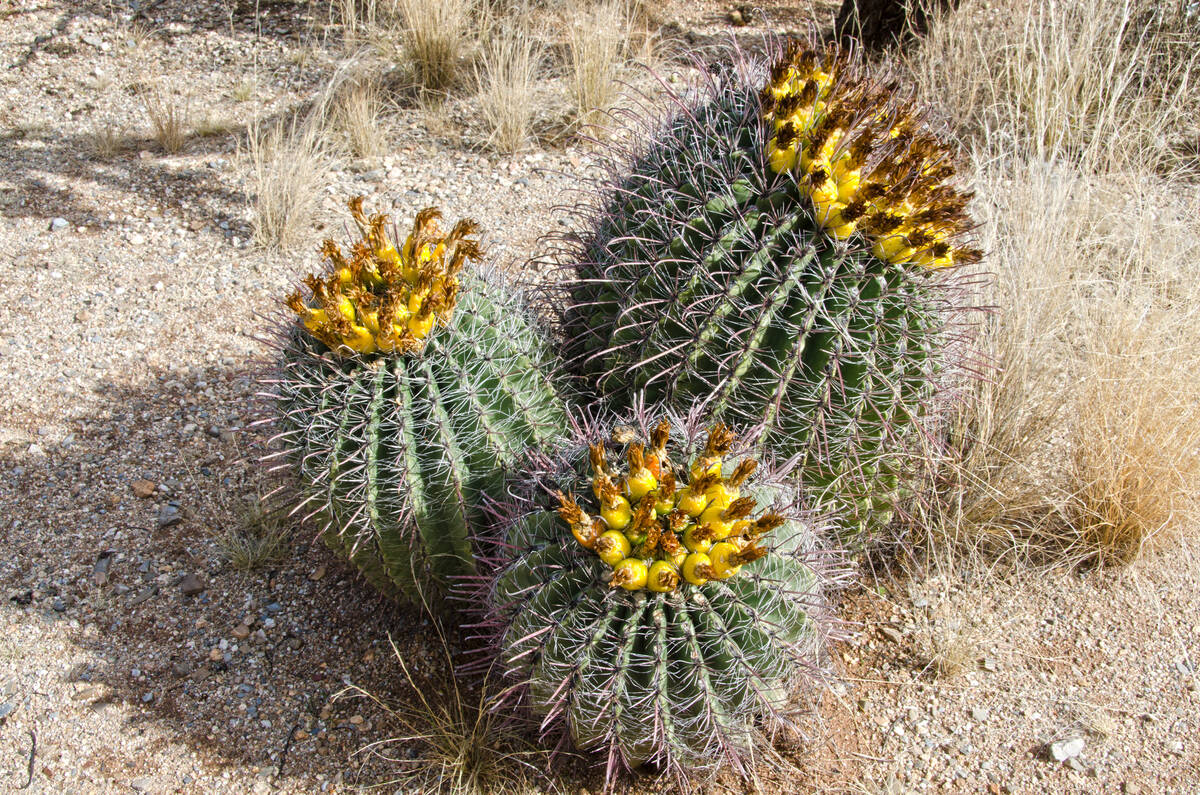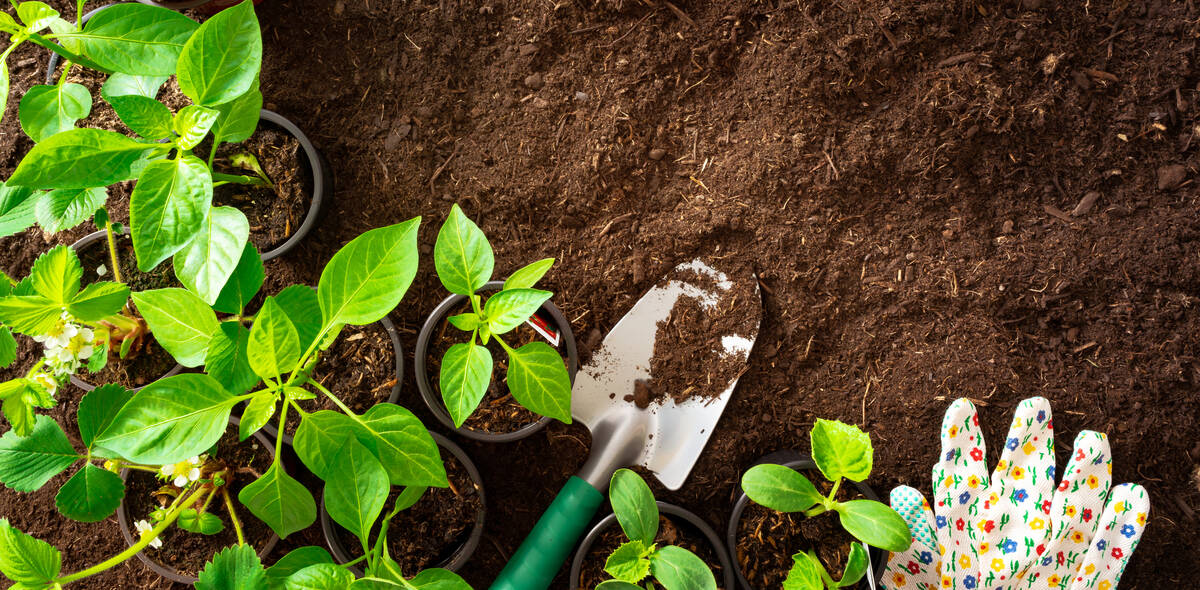Cactuses can vary in heat tolerance, need more shade
Q: I recently bought a 40-year-old home surrounded with cactuses, some common and some exotic. With much effort, I rehomed all of these big boys. But the front yard has an awesome focal-point, a 40-foot-tall Joshua tree with two medium-sized golden barrels at its base. It had been without water for at least seven months. I took the hose and deep-soaked this arrangement for an hour. I believe the Joshua tree’s tips look happier, less crispy. Tell me how to take care of this, please.
A: Keep in mind that all cactuses are not the same. Some are from different places (your exotic varieties) while others are from the Southwest.
After the first summer, you might have to move some of the more exotic cactuses to different locations to avoid our strong desert sunlight on the west and south sides of your house. When in doubt, provide your exotic cactuses with some shade in the afternoon.
If you have an irrigation clock, turn it off. Turn it on only once a month in the summer and give all desert plants a deep irrigation. A deep irrigation or two is all that is needed in the winter.
Just like other trees and shrubs, watering depth is usually tied to a plant’s height.
Irrigations once a month during the summer will give your cactuses some growth. When you get used to how they grow, add emitters and adjust their irrigation timing. It is best to add emitters to give a desert plant more stability if they grow tall.
Some cactuses, like the barrels and saguaro, store water in their stems. The same day they are irrigated, these stems swell with water. Barrels use water stored in their stems when there is none available.
Others desert plants like the Josua tree have other tolerances when water is not available. Joshua trees store water in their stems but not like the barrel cactus. They have shallow roots that spread out in a wide circle from their trunks, allowing them to absorb as much water as possible after winter snows or summer rains. They also stop growing and tolerate dry soil until the next rain.
Q: I have contracted to have trees and shrubs installed in my yard. The landscaper has yet to schedule the installation. He originally said October. What is the latest that is appropriate to plant trees and shrubs in our climate?
A: Normally the planting of trees and shrubs, although it can be done most of the year, should be avoided when it is too hot or too cold. The ideal times to plant in the Las Vegas area are fall (late September through late November) or spring (late January through about March). The rest of the time is less than ideal, with late May through August being the worst.
The ideal time for planting is when soil temperatures are 55 to 75 degrees. Surface mulch of any kind (rock or wood chips) helps keep the soil cool and wet. Plants are cold-blooded, which means they respond best to heat. The warmer the temperatures, the faster the growth, to a point. Most plants start to slow down when temperatures get above about 80 to 85 degrees.
Q: We have removed a Jasmine vine from an arbor because of the potent flowers in the spring and our allergies. We would like a suggestion for a climbing vine — flowering would be nice — that would nicely cover and wrap around the arbor. The vine would be growing on the northeast side of the home.
A: I would suggest one of the crossvines (Bignonia capreolata): a climbing, woody vine reaching about 40 feet with showy, orange-red throated, trumpet-shaped flowers about 2 inches long. These flowers hang in clusters of two to five.
This vine is sometimes seen high in a tree, as they climb by means of tendrils. Its tendrils allow crossvine to cling without support. The leaves change from green in summer to reddish purple in winter.
All of them are mesic, so the vine will need water three times each week when it gets hot, or it will drop its leaves. It is considered evergreen, but if the winter gets cold enough, it also will drop its leaves.
One variety that is popular is called Tangerine Beauty crossvine. (One of the breedings removed the tendrils, so it needs help climbing, but it will climb.) It has 1- to 2-inch orange flowers. It will grow, with support, to about 30 feet.
Q: My beautiful ash tree is 30 years old. We have had dying branches removed over the past two years. We just had it done again three months ago, and already more branches are dying. We use a drip emitter around the mid-canopy area occasionally; otherwise it gets six days of water from the lawn sprinklers. I have also hammered fertilizer stakes around it in spring. Can you suggest anything else?
A: Those slow dying limbs are possibly ash tree decline, a lethal disease with no known cure. It is a slow death lasting several years with one or two limbs dying every year.
Remove this tree. It is a major concern not talked about much in the desert. This ash disease is different from others in which one limb can be removed to help the tree.
Make sure it is not a lack of water, irrigating it three or four times a week, deeply and out to the dripline, in the summer. Nearly all ash trees growing in desert soil do not like rock covering the surface. Ash trees prefer at least some organics in the soil.
To add organics back into the soil after planting, rake back the rock, add a thin layer of compost to the soil, water it in and rake the rock back.
Ash trees are insect and disease magnets. Thirty years is a long time for one to survive.
Bob Morris is a horticulture expert and professor emeritus of UNLV. Visit his blog at xtremehorticulture.blogspot.com. Send questions to Extremehort@aol.com.























